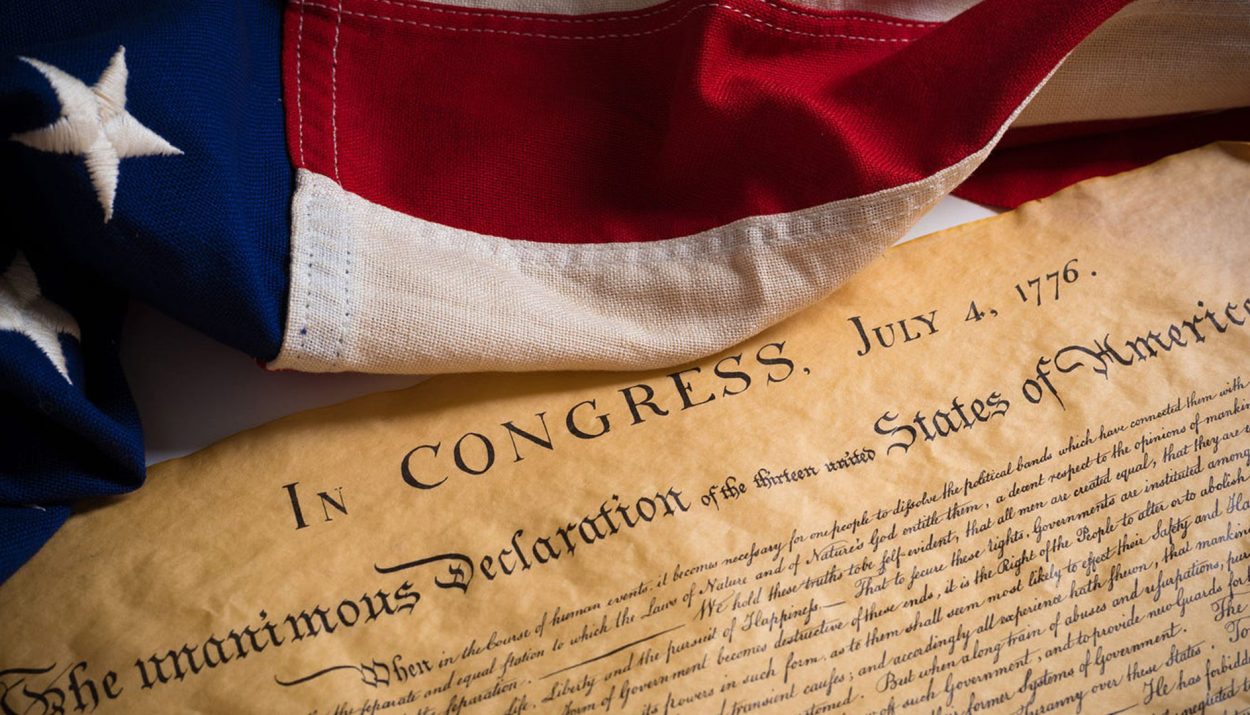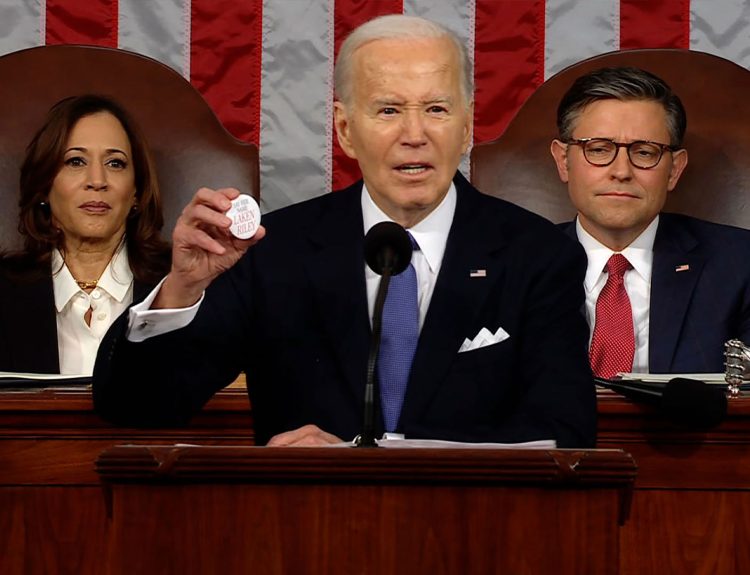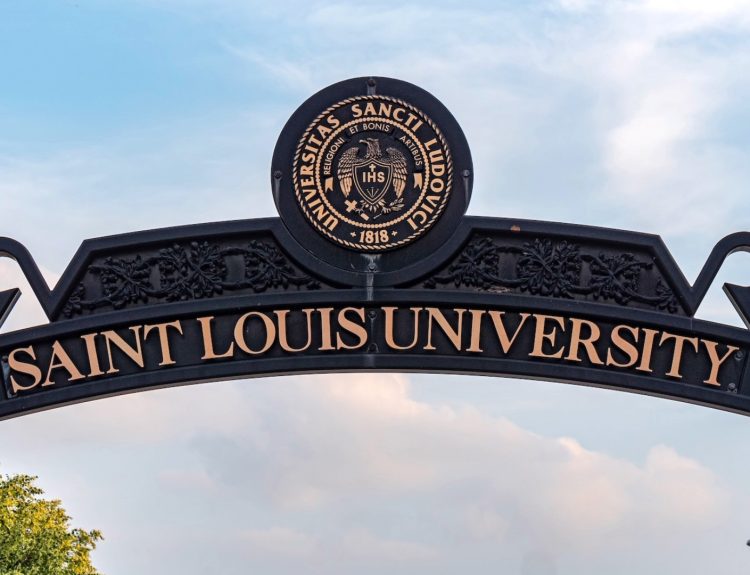If you really dive into the history of the United States you will find there are an extraordinary number of events and stories, from Abe Lincoln freeing the slaves to Neil Armstrong walking on the Moon. If you look even closer at some of the best-known stories you will find that they aren’t quite as they seem.
1. The Alamo was Fought For the Future of the United States
The defense of the Alamo in 1836 was an utter disaster for the territory that would ultimately become Texas. The Alamo was a mission station that was turned into a fort, and during the defense it was overrun, with most of the 200 soldiers holed up inside dying.
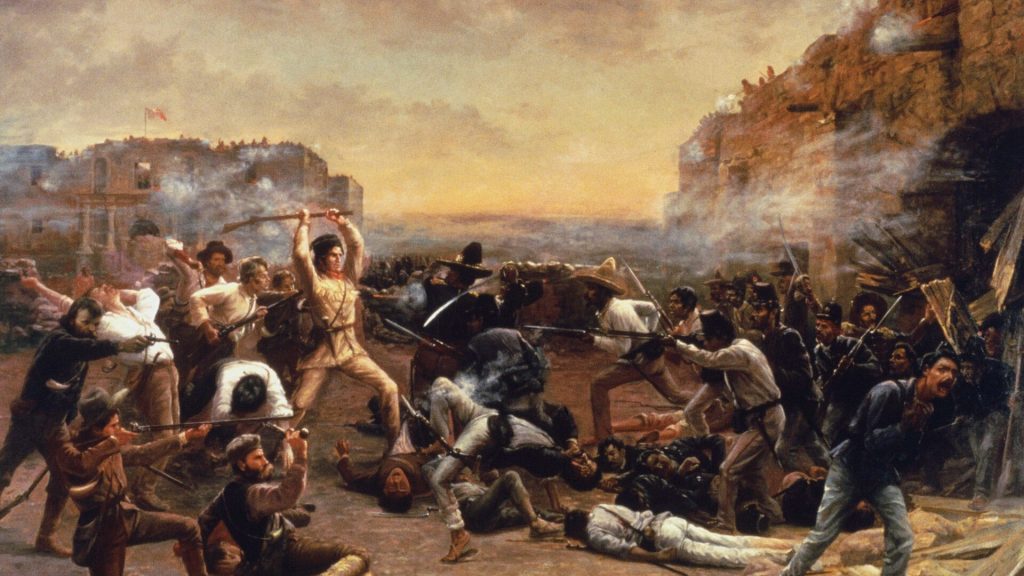
It’s a tragic story, but one that holds a special place in American folklore. This in spite of the fact that the Alamo was not that important to the rest of the United States, particularly because Texas was still a territory of Mexico at the time. And the citizens were not protecting a corner of their nation, as has been claimed; they were fighting – at least in part – for the right to keep holding slaves after Mexico abolished slavery in 1829.
2. Betsy Ross Designed the Stars and Stripes Flag
Betsy Ross was designated the creator of the first Stars and Stripes flag in 1870, when a paper was presented by William Canby that stated that she had been approached about designing the flag by George Washington himself, early in the Revolutionary War.
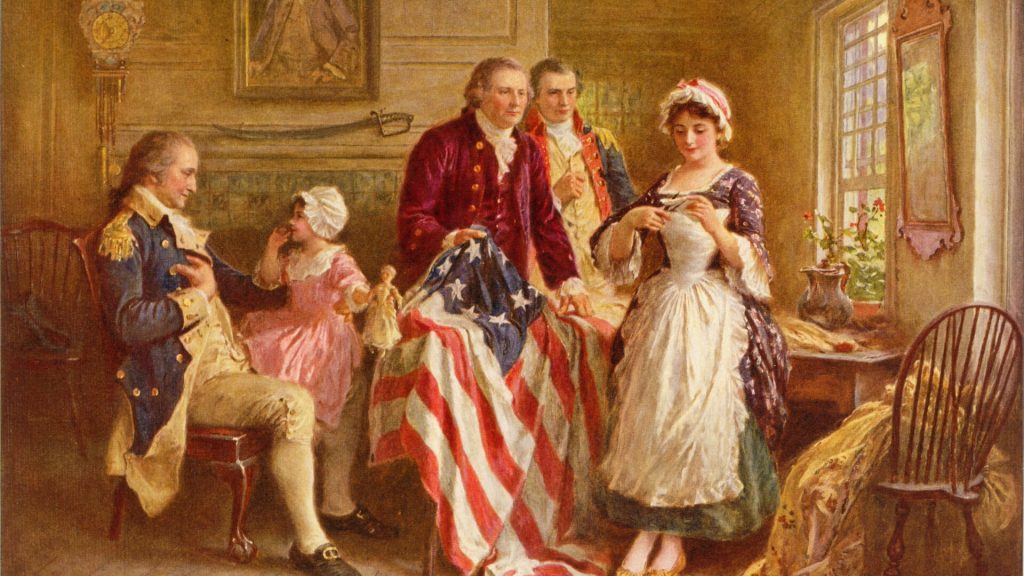
This claim turned out to have no historical basis, though. Canby was Betsy Ross’ grandson, and his paper was presented after the end of the American Civil War, which was a time of heightened patriotism in the country. A more likely contender of the flag designer is Francis Hopkinson, who was a Founding Father, but the story still caught on and is told to this day.
3. The Civil War was NOT Fought Over Slavery
To modern day, the true reason behind the American Civil War, which is still the bloodiest war ever fought on American soil, is a divisive issue. The war is largely viewed as a conflict between the pro-Slavery Confederate South, and the anti-slavery Union North, but a narrative has persisted stating that the war was not, in fact, about slavery, but state’s rights instead.
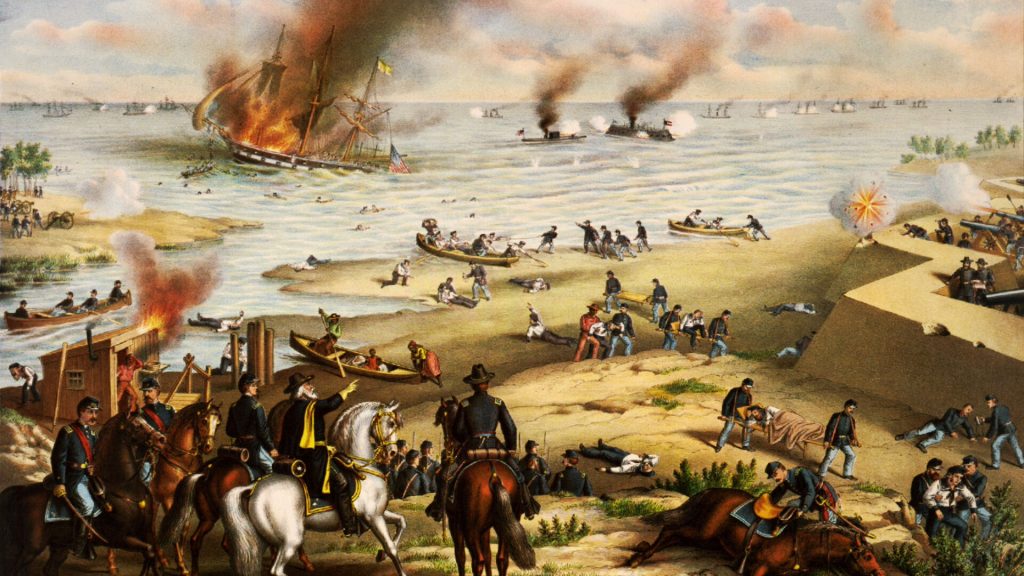
The reality is in documentation available from the time. Secession documents from many of the Confederate states list slavery as a paramount reason for leaving the union, given how important slavery was to the Southern economy. It relied on the misguided belief that Black slaves were lesser than their White owners, and is ultimately what lost them the war.
4. Christopher Columbus Discovered America
Setting aside the fact that the continent of America was unable to be truly “discovered” at any point, given how many Native Americans lived on the continent when Columbus set sail, his journey setting across the Atlantic Ocean is difficult to justify, or validate as the first to the Americas.
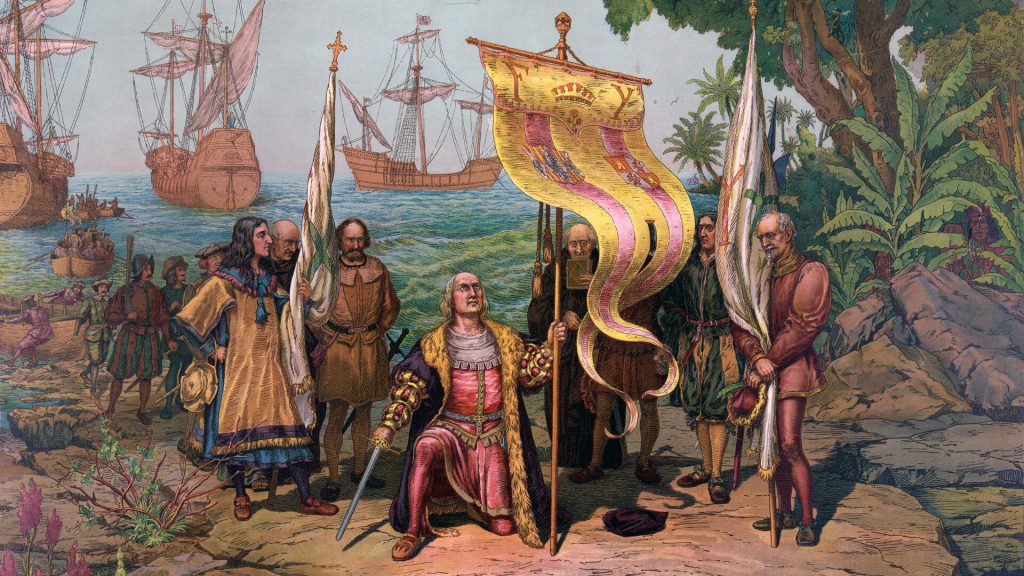
Chronologically, it is believed that a Norse explorer by the name of Leif Erikson landed on continental North America around 500 years before Columbus. More than that, though, Columbus never actually set foot on continental North America. His journey eventually landed him on parts of South and Central America, but not North America proper.
5. Walt Disney Was Frozen
There has been a persistent rumor for years that the frozen body of Walt Disney himself is hidden beneath the Disneyland Pirates of the Caribbean ride. It opened just a few months after his death in 1966, and allowed the rumor to flourish that even if Disney’s entire body wasn’t frozen, his head was.
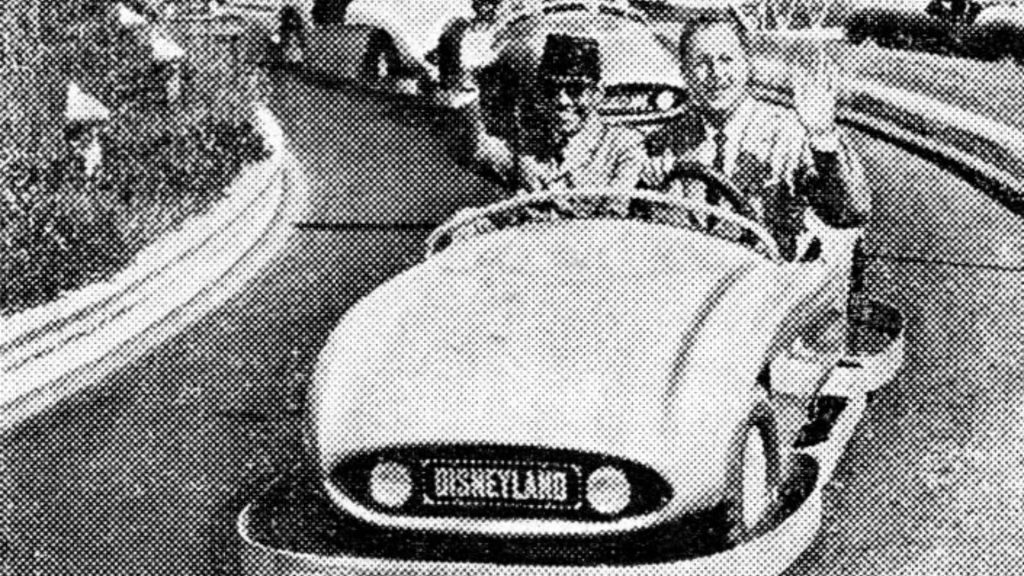
While it is true that Disney had both the money and the interest in technology that would allow him to preserve his remains in such a way, that’s as far as the truth of the rumor goes. Records show that Disney was cremated after his death, and his ashes were interred at Forest Lawn Memorial Park in California.
6. The Gettysburg Address was the Most Important Speech of the Day
The famous speech by Abraham Lincoln has been quoted and retooled dozens of times ever since he gave it in november of 1863. It was a speech given four months after the bloodiest fight of the Civil War, which resulted in 50,000 casualties.
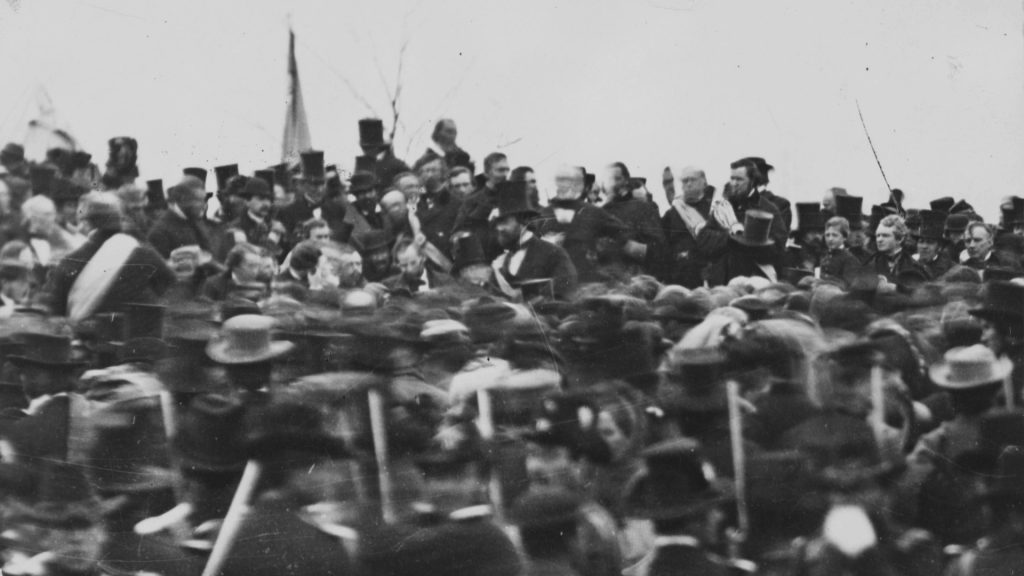
The Gettysburg Address has gone down as one of history’s greatest speeches, but the truth of the matter is that it was not scheduled as the primary speech of the day. Edward Everett, a statesman who was hailed for his oratory skills, was actually the main presenter of the day, but Lincoln’s words are the ones that have been remembered for decades after the fact.
7. The Crack in the Liberty Bell is Why it was Retired
The Liberty Bell is an iconic piece of Pennsylvania history, one that is visited by thousands of people every year who wish to see its famous crack. As a working bell, though, it was a disappointment. It was commissioned in 1751, and it cracked on its first test ring before needing to be recast, twice.
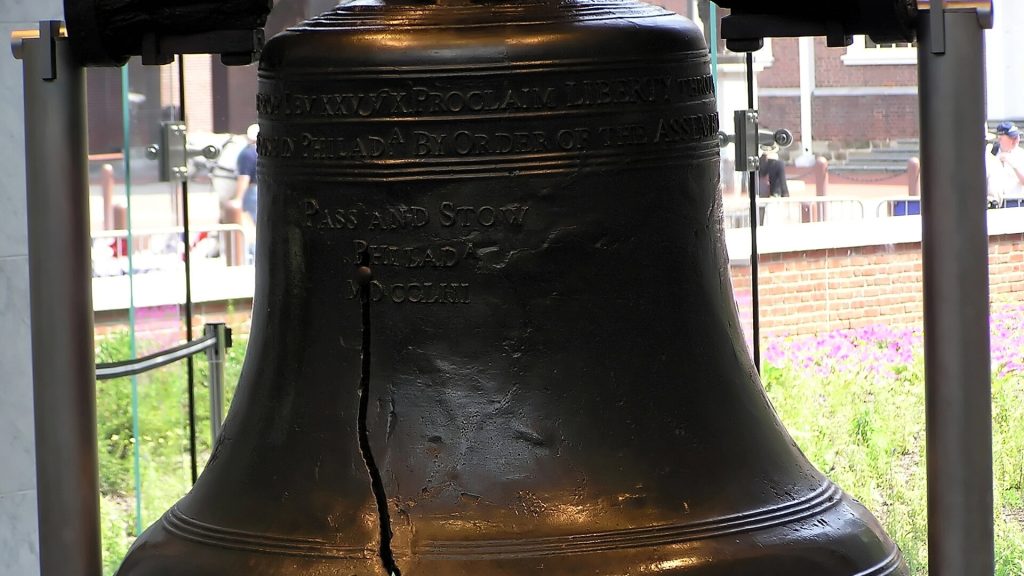
The last time the Liberty Bell rang was to commemorate the birthday of George Washington in 1846, and it now stands as an American landmark. However, the famous crack is not what decommissioned the bell. A tiny, hairline fissure running from the top of the bell is what destabilized the metal enough for it to be retired, the result of an attempted repair job from the 1840’s.
8. Paul Revere Said, “The British Are Coming!”
Paul Revere’s midnight ride is one of the more famous events from the Revolutionary War, where he rode through towns and states in the middle of the night to warn the revolutionaries that the British were approaching. Allegedly, he informed them with the cry, “The British are coming!”
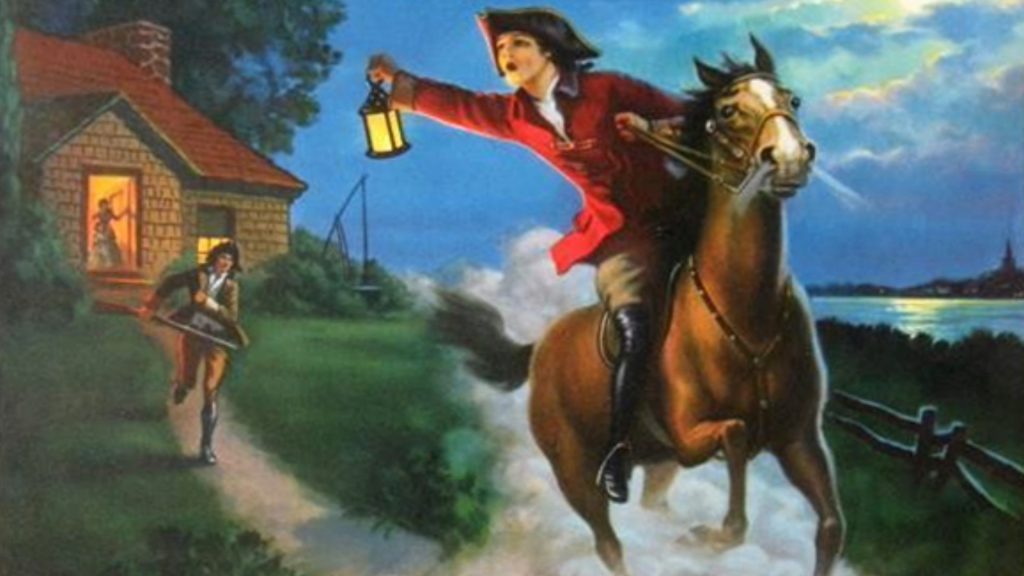
The reality is that the colonists still considered themselves proudly British, meaning that it wouldn’t have made sense for them to distinguish themselves from King George’s army in that way.. Additionally, Revere was only one of a network of spies who made the late-night ride, and his fellow rider, Samuel Prescott, was actually the man who completed the entire journey.
9. Pocahontas Fell in Love With John Smith
Disney has romanticized many stories, but none so much as the story of Pocahontas. She was allegedly a Native American woman who fell in love with a Jamestown settler named John Smith, and who protected him from being killed by her own people because she believed in the good in him.
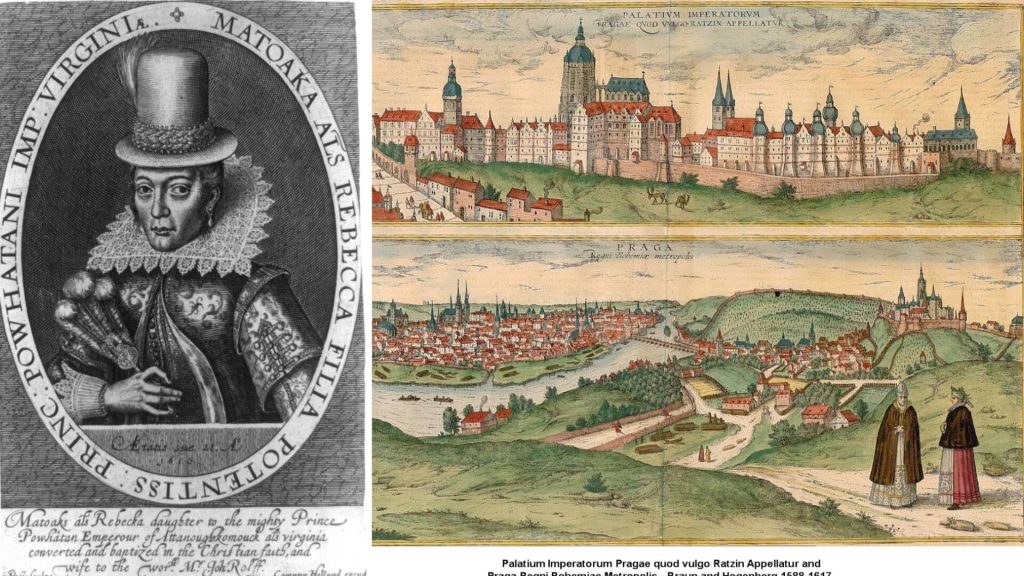
The reality is that Pocahontas wasn’t even the girl’s name, but rather a nickname. Her name was actually Amonute or Matoaka, and she was approximately 10 years old at the time of the interaction with British settlers. Smith did befriend the child, but she never married him. Instead, she was later captured by the British and taken to England, where she married John Rolfe in 1614 before dying three years later at the age of either 20 or 21.
10. Puritans Came to America for Religious Freedom
The Mayflower landed on the shores of New England in 1620, after two grueling months of sailing from England. It bore 102 mone, women, and children, who were all seeking new lives after being persecuted in England for their Puritan religious beliefs.

The issue was not that the Puritans were persecuted in England, but rather that they wanted to be surrounded by only people who believed as they did. After leaving England, they first went to the Netherlands where their beliefs were completely tolerated. This was still unacceptable to the settlers, though, who set off for America in the hopes of creating an entirely Puritan society, free of any other faiths or religious influences.
11. The “Witches” of Salem Were Burned at the Stake
The witch-hunting trials of Salem, Massachusetts are famous the world over, and has created quite the tourist industry in modern Massachusetts. Those fascinated in both history and the mystical flock to learn about the women who were burned at the stake due to other’s belief in their magical powers, but that’s not the whole story.
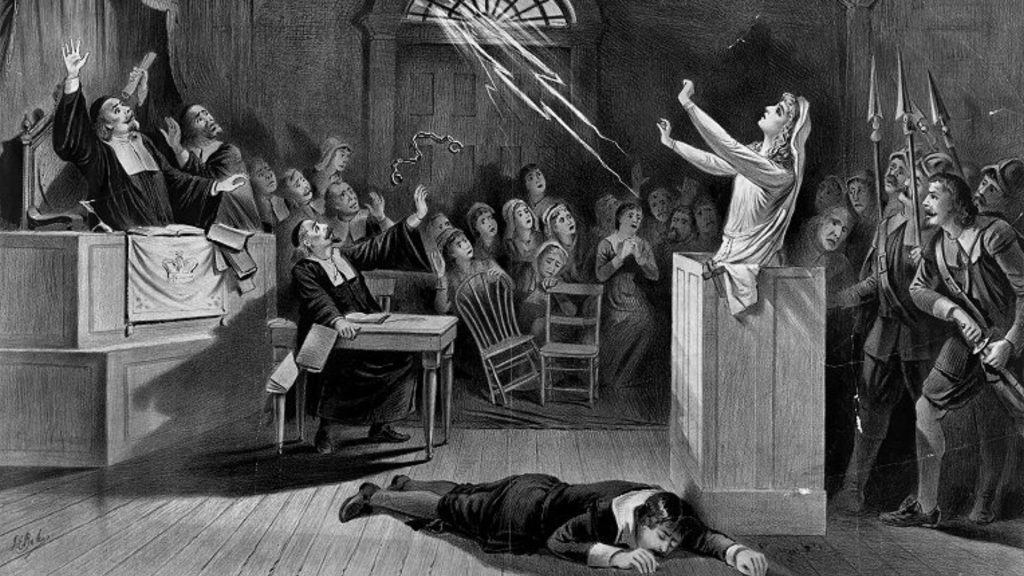
While it is true that women were burned for witchcraft in parts of Europe at the time, in Salem, the punishment for witchcraft was actually hanging. Ultimately, 19 women were hanged for their involvement in the Salem Witch Trials, and one woman died while being tortured for answers regarding her “magical abilities.”
12. Pilgrims and Native Americans Came Together at the First Thanksgiving
The story goes that the first Thanksgiving took place between starving settlers, and the noble Native Americans, particularly the Squanto tribe. The Natives taught the settlers how to grow food and adapt to the land, and the settlers returned the favor by inviting the Natives to dinner the following year to celebrate a successful harvest.
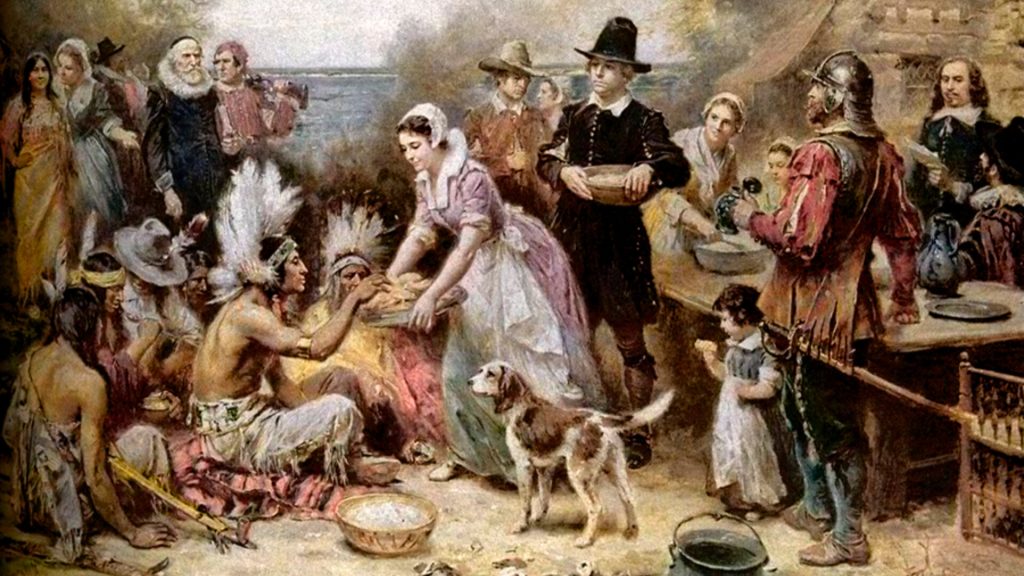
The reality is that, though there were somewhat friendly relations between the Native Americans and the Pilgrim settlers, it was largely out of pragmatism, rather than true friendship. The Wampanoag Indians had been devastated by disease and starvation during the winter, and they desperately needed assistance against hostile rival tribes. The dinner that they were invited to was a Thanksgiving meal of sorts, but not the formal one that is celebrated on the third Thursday of November in America today.
13. Orson Welles’s “War of the Worlds” Caused Mass Panic
Orson Welles first became known as a director with his feature film debut, Citizen Kane. It’s a film that is still watched for its brilliance and impact today, but his storytelling skills were proven with an earlier project. In 1938, he directed a radio adaptation of HG Wells’ science fiction novel, The War of the Worlds, and for some listeners, it became too real.
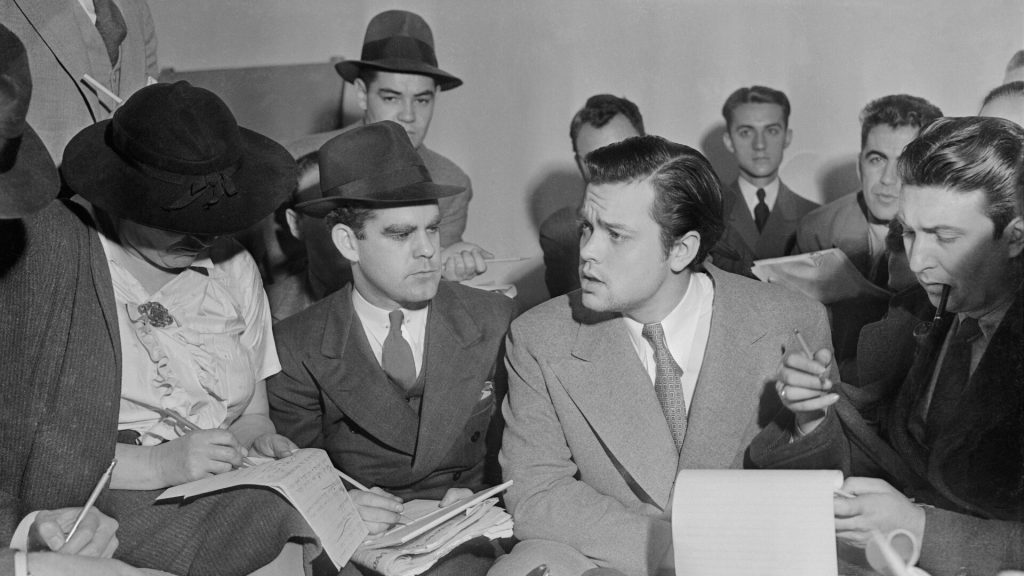
News stories became public telling of terrified people filling the streets and phoning their loved ones in response to the radio show, and the hysteria was publicized on a massive scale. However, this was ultimately determined to be an attempt to discredit Welles’s production. Radio was eating into the ad revenue of print media, and the papers seized the opportunity to attempt to discredit the new technology.
14. George Washington Chopped Down the Cherry Tree
The life and deeds of George Washington have been told again and again, in dozens of different formats and mediums since the man lived in the eighteenth century. One of the most enduring legends told about George Washington is the story that, as a boy, he chopped down a cherry tree in his family’s garden with a hatchet that he had been given as a gift.
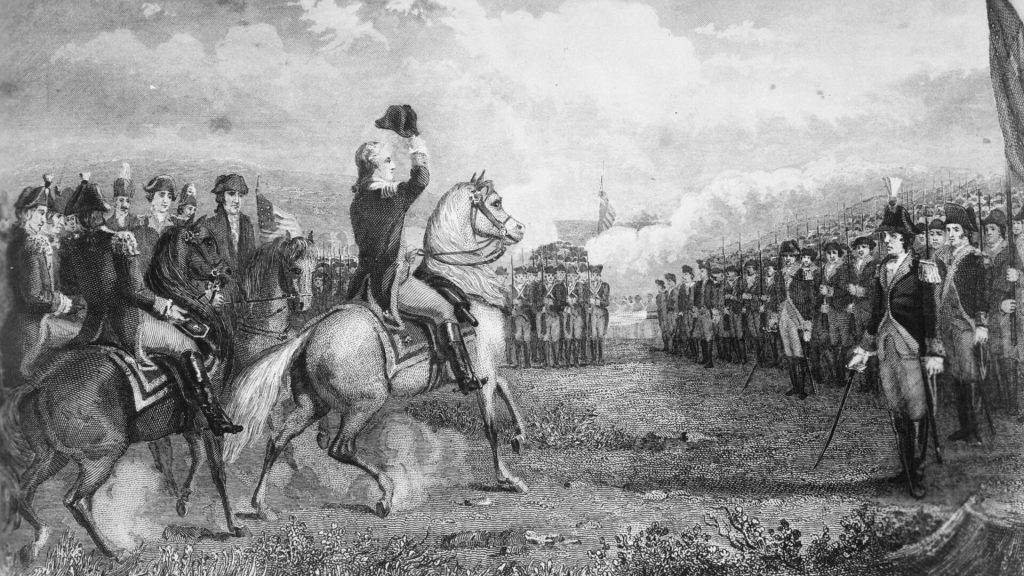
Allegedly, Washington told the truth immediately when he was confronted by his father. It’s a sweet story of honesty, but very likely has no basis in truth. The story was first published in a biography that was written about Washington shortly after his death, but not in the first edition of the book. It wasn’t published until the fifth edition, casting significant doubt on the story by anyone with an eye for history.

